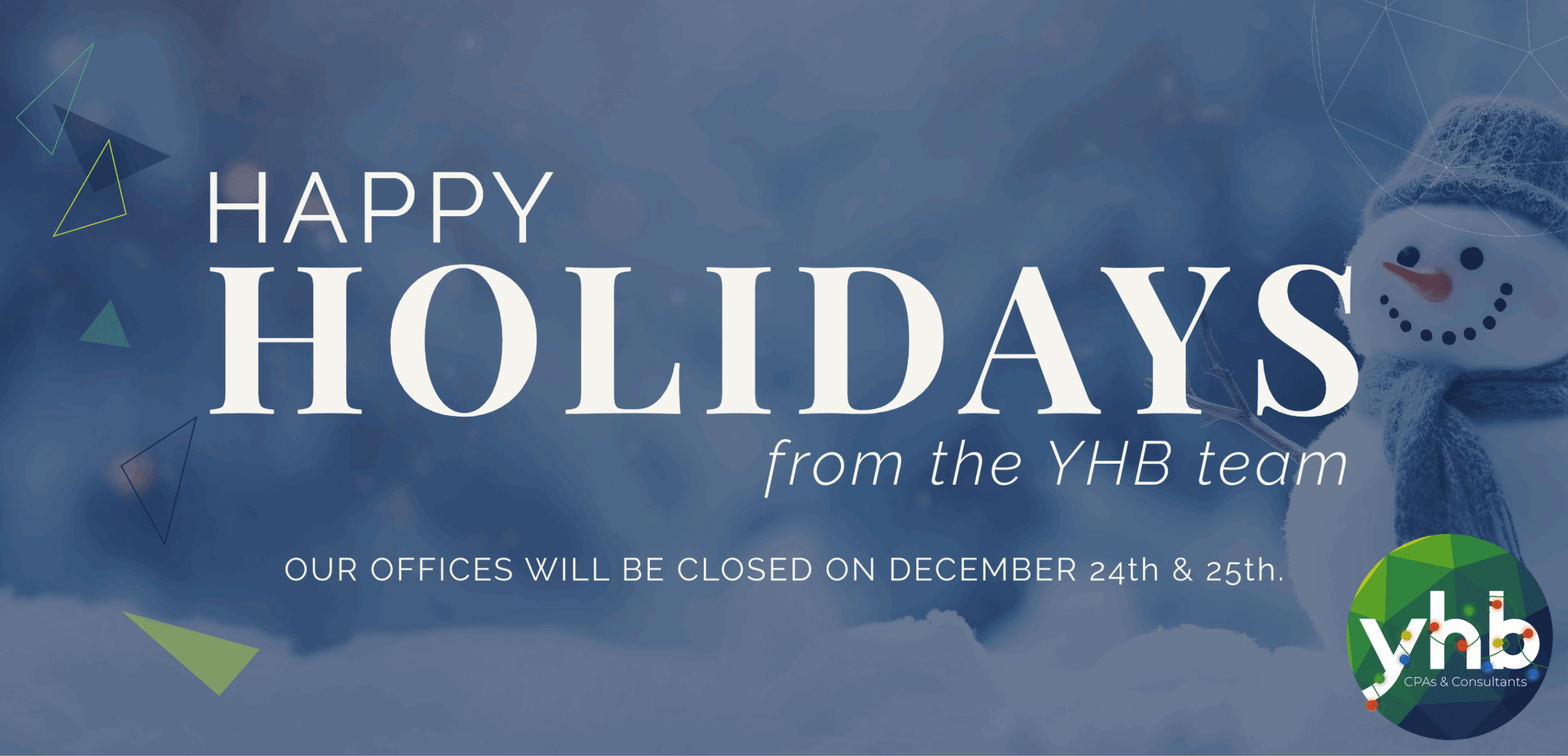Most owners focus on operational activities, not seeing how decisions like financing purchases and selling assets make a difference. Projecting future cash flow isn’t easy, but it’s even more complicated in construction because no project is the same and change orders can drive you crazy.
Cash flow management involves looking at current cash flow reports and making business decisions based on that information. Using cash management software can give you a general idea of income and expenses now and in the future.
Among construction mistakes that drain cash flow:
- High payroll burden. If your company does labor-intensive work, the financial stress of paying your employees can make cash flow difficult. Employee paychecks are the biggest casualty of poor cash flow caused by late payments. Many subcontracts contain a paid-if-paid or paid-when-paid clause, meaning that payment is not due you until the owner pays the general contractor. These clauses provide protection for the GC.
- Paying bills early. If you always pay your bills as soon as they come in, this can leave you cash-strapped. Waiting until the end of the payment terms gives you more money to work with. While it’s good to pay your bills promptly, if you spend money you don’t have, you’ll end up with a negative cash flow.
- Failing to budget for retainage. Retainage is money withheld until the end of a project to ensure the project is completed to specifications and is typically 5%-10% of the total contract. This may result in cash flow issues: With average profit margins of only 5%, a 10% retention holdback means there’s no room to pay overhead once payments come in.
- Processing change orders quickly — don’t wait until the project is complete. The money needs to be received quickly to positively impact cash flow.
- Paying cash for assets. Creating positive cash flow is about managing working capital — the liquid cash to pay bills, wages and expenses. If you’re buying equipment with cash, you’re essentially stealing money from yourself. Financing large purchases frees up your cash. You’ll pay interest, but that interest buys time and builds up a good credit rating.
- Slow-paying customers. The longer you wait for payment, the longer you’re without cash. This doesn’t just affect your future cash flow — it costs you more as late fees and finance charges add up.
- Being slow to invoice customers. Customers won’t pay you until you invoice them. If invoicing is slow or inconsistent, it costs you money.
- Using cash for other investments. Invest excess cash to earn more through interest and investment gains. If a sudden cash emergency comes up, you’re often left with no quick way to recoup that money.
Here are some ways to improve your company’s cash flow:
- Establish good accounting and financial practices. Identify how each project on your books affected your cash position overall. An accounts payable report helps you identify aging bills that accrue interest penalties. An accounts receivable report shows which customers delay payment so you can follow up or decide which jobs to lien. A mechanics lien, for example, can be a powerful tool to ensure you get paid. Send preliminary notices when you start work, send a notice of intent to lien when payment is late and file a lien claim before the deadline. Since every state has its own laws and regulations, have someone in your firm keep tabs on the different rules.
- Negotiate better payment terms. Talk to several suppliers to get the best offer on materials. Buy larger quantities to get discounts, and don’t be shy about letting current suppliers know when you find a better deal elsewhere. Your terms should ideally be equal to or longer than the terms you give your customers.
- Offer discounts for early payment. A 2%-5% discount is about standard in the industry.
Managing cash flow is the key to survival. Make it easier for your customers to pay you. When a market is volatile, you’ll be able to stay lean and prevent money waste. During a slump, you may need to cover unexpected costs. During a spike, you may need to purchase more materials than you thought you needed.
Address practices that drain your cash to prevent future problems. Companies with the most control over cash flow are the ones most likely to be in business 10 years from now. Work with financial professionals to make sure your back office is working at maximum efficiency.


